According to a number of foreign media reports, on February 26th, the German F-124 "Saxony" class frigate "Hessen", which was on a combat escort mission in the Red Sea, fired two "Standard-2" (SM-2) air defense missiles at a target that failed to confirm its identity and was judged as a "reconnaissance drone".
Due to technical reasons that did not disclose details, the missile failed and crashed into the sea.
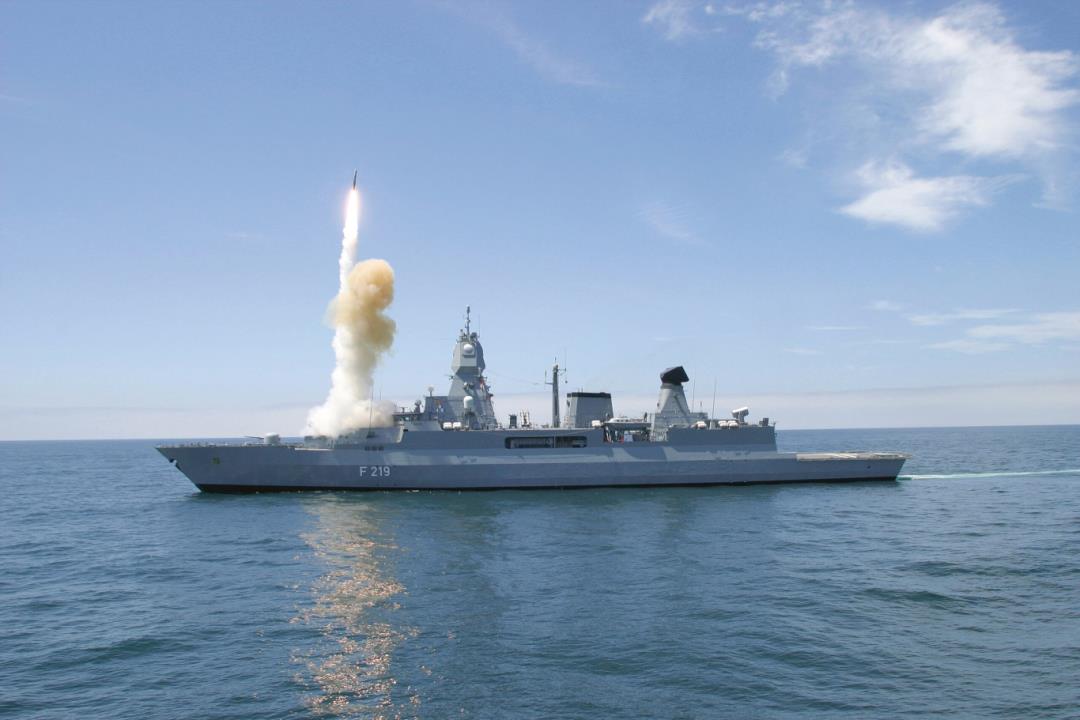
F-124 frigate launches SM-2 missile.
Afterwards, it was proved that the targeted drone was an American MQ-9 "Death" drone that was carrying out a strike mission against Houthi armed targets nearby. The series of related news was confirmed by German Defense Ministry spokesman Michael Steinfler on February 28th.
However, the spokesman stressed that "Hesse" had carried out a complete identification process before firing, including radio response, and asked the allies whether there were drones performing tasks in the airspace.
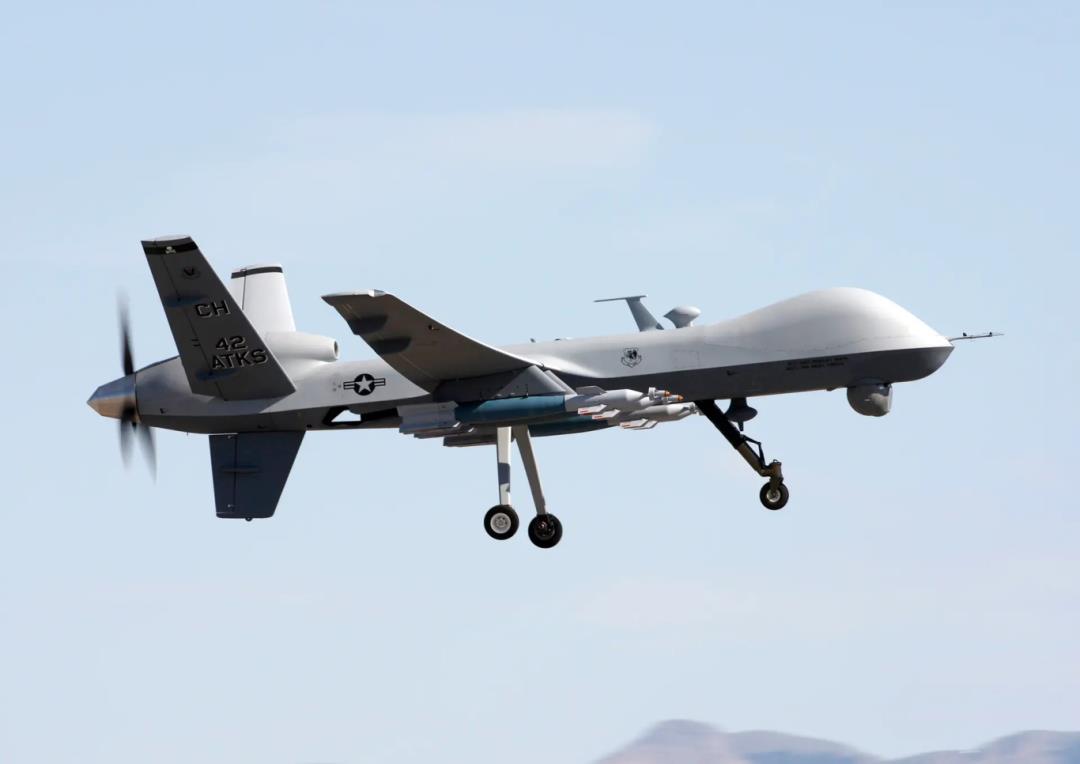
MQ-9 UAV
In addition, the failure of two SM-2 missiles has also caused waves in Germany.
Lack of air defense equipment in Germany
A spokesman for the German Federal Parliament’s national defense policy said, "We have only now learned according to the requirements that some ammunition of the frigate Hessen can no longer be purchased because it no longer has the corresponding industrial capacity. When the stocks are exhausted, the German navy can no longer replenish them and must withdraw the frigates. " In addition, he also accused the current German government of concealing the truth from the opposition party, which led to the parliament’s unwitting decision to send frigates to participate in escort operations.
The F-124 frigate takes air defense as its main task, and is equipped with advanced multi-function radar and various air defense weapons, including SM-2 Block IIIA, Evolution Sea Sparrow (ESSM) and RIM-116. SM-2 BlockIIIA suffered the ammunition inventory crisis. According to the disclosure of information about this accidental attack by the German Ministry of Defence, the ammunition has been discontinued.
SM-2 series missiles were designed earlier. SM-2 Block1 was developed in 1970s, and its production line was closed in 2013 due to lack of orders.
After the Crimean incident in 2014, the global demand for SM-2 soared. Raytheon restarted its production line in 2017 to meet the demand of more than 280 SM-2 BlockIIIA/B in the Netherlands, Japan, Australia, South Korea and other countries, and announced that the production line will be maintained until 2035. In 2021, Chile made a purchase demand for SM-2 BlockIIIA to the United States, but the quantity was very small.
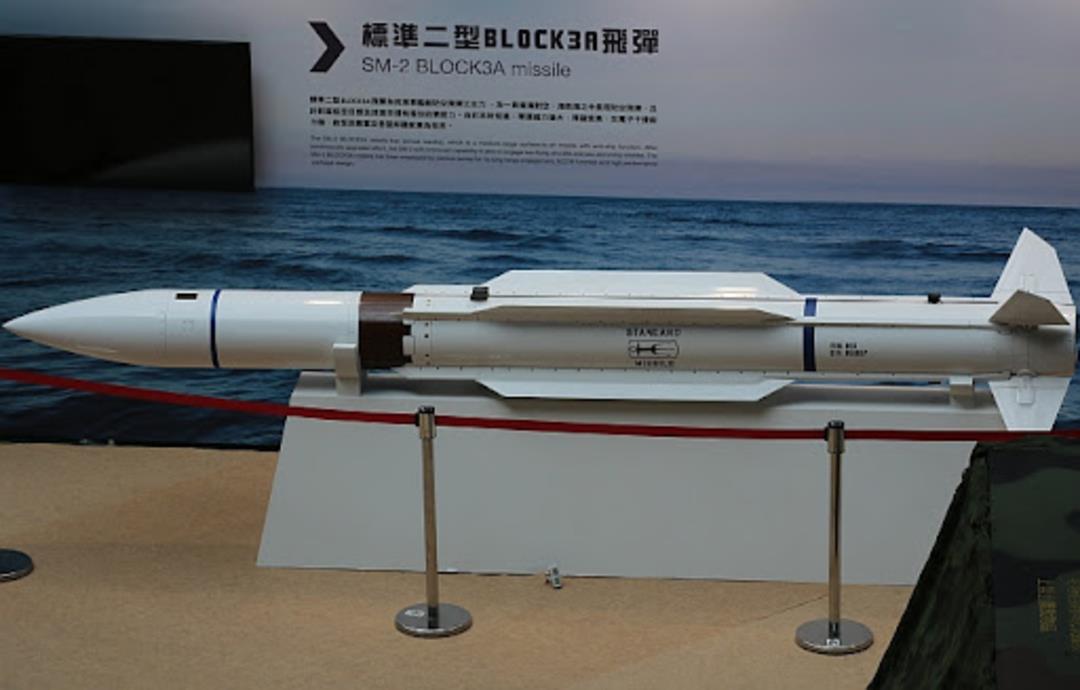
At present, the latest model of SM-2 series is SM-2 BlockIIIC, which is in the initial production stage of low speed. The missile has undergone a major technical upgrade and completely changed its guidance system: SM-2 BlockIIIA uses inertial navigation, radio command correction and semi-active radar composite guidance; SM-2 BlockIIIB replaces the seeker with the dual-mode system of infrared imaging and semi-active radar on the basis of Type A; SM-2 BlockIIIC is replaced by an active radar guided seeker, which comes from the "Standard -6" extended range active missile (SM-6 ERAM).
Although SM-2 BlockIIIC has been significantly enhanced in performance, it can effectively fight against high-mobility and high-agility targets and has the ability to attack targets outside the radar detection range of warships; However, the change of guidance mode and other improvements make it incompatible with the mission management and fire control system of the existing F-124 frigate.
This also means that once the existing SM-2 BlockIIIA runs out of stocks, Germany not only needs to order SM-2 BlockIIIC missiles with a long production cycle from the United States, but also needs to carry out targeted shipboard equipment improvement and certification tests for F-124 frigates. The time required for this process may be calculated in years.
Predicament of friend-or-foe identification in UAV era
Compared with the missile inventory crisis, which mainly stems from Germany’s own political struggle and management system problems, the wartime friend-or-foe identification problem once again displayed in this accidental attack is a dilemma that all countries are facing. Especially in the era of drones, this problem is becoming more and more difficult.
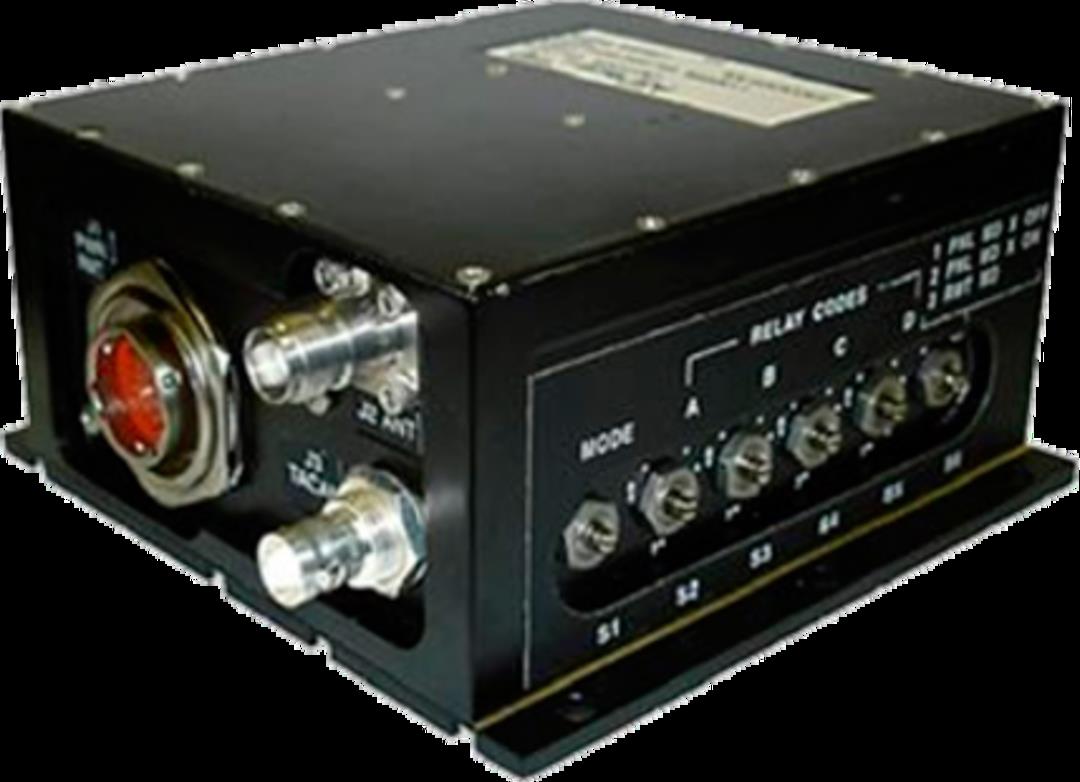
Friend or foe identification transponder
From a purely technical point of view, many countries have developed a large number of IFF technologies, including cooperative and uncooperative. When the two sides interact and cooperate, they can complete the identification by means of wireless communication through the principle of "inquiry/reply"; When the target is in a non-cooperative state, the inquirer will summarize and fuse all the collected target information (radar echo signal, infrared radiation, acoustic signal, GPS information) and implement compulsory identification.
In the ideal technical test environment, it is possible to realize fast and accurate identification of friend or foe by relying on the complementary combination of these two means. However, in the actual combat environment, many factors, such as political intervention, the setting of rules of engagement, and the management system of military tasks, may completely lead to the unreliability of the existing methods of identifying the enemy or ourselves. The incident in which a German frigate accidentally attacked an American drone is a typical example.
Failure reasons of collaborative identification:
For some reason not publicly disclosed by the US, the targeted MQ-9 failed to turn on the IFF transponder, or the related equipment failed, and the German frigate recognized it as a non-friendly target without an effective response.
Failure reasons of non-cooperative identification level:
Due to the differences of interests between different countries and departments, Europe and the United States have several military operations in the Red Sea and the surrounding areas of Yemen, which are not subordinate to each other and lack a unified command and coordination structure. Due to the confidentiality requirements of military operations, it is very common for different units to be unaware of the existence of the other side, even in the army of the same country.
The Hessian frigate participated in the "Aspad" escort operation led by the European Union, while the escort mission of the US military was the earlier "Guardian of Prosperity" operation. The mistakenly attacked MQ-9 is not affiliated with the "Prosperity Guardian", but another US military operation whose name is unknown at present. The US military units participating in the "Prosperity Guardian" operation are unaware of the existence of the MQ-9 drone.
This led to the "Hesse" frigate, although it initiated consultation with the American unit responsible for the "Guardian of Prosperity", but it got the wrong answer. In the airspace where the target signal is located, the real situation is only that "there is no aircraft participating in the prosperity guardian operation", not "there is no aircraft of the US military".
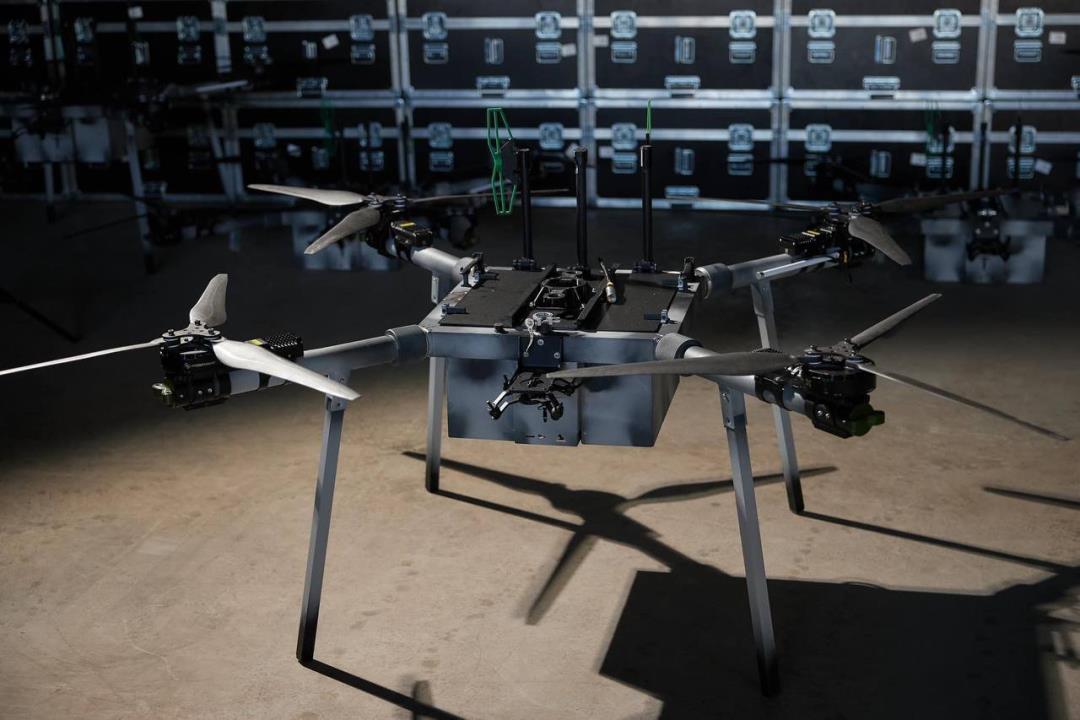
The 40-kilogram unmanned aerial vehicle (UAV) appeared on the battlefield in Ukraine, with a unit price of up to $15,000. It is not worth the loss to carry the traditional IFF transponder.
Compared with purely technical problems, these non-technical factors often make it more difficult to identify the friend or foe. Especially from the actual combat environment such as Ukraine and Yemen in recent years, the identification of friend or foe of drones will become more and more troublesome. The popularity of small and medium-sized UAVs and the extensive participation of civilian UAVs in military operations inevitably bring more problems, such as the following:
01For reasons such as economy and confidentiality risks, a large number of UAVs participating in the war are not equipped with IFF equipment at all.
02At the same time, the number of units operating drones on the battlefield is unprecedented, and the task information between them is not interoperable.
03A large number of unmanned aerial vehicles (especially multi-rotor aircraft) are highly similar in design, and a large number of key features are highly similar from appearance shape to acoustic signals, lacking effective means of distinction; Or both sides are equipped with a large number of equipment at the same time (more common in civilian models), and it is meaningless to distinguish models.
Undoubtedly, drones will further play a more important role in the future battlefield; How to deal with the corresponding friend or foe identification problem will be an extremely critical research topic.
关于作者